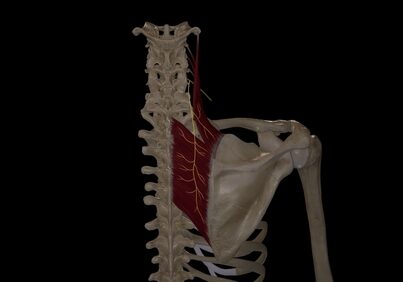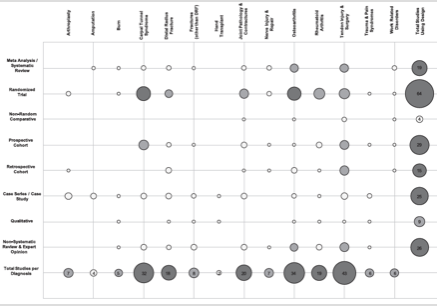Pediatric Hand Development as it relates to Hand Therapy
Filed under Uncategorized
Pediatric Hand Therapy and Hand Development
by Chelsea Gonzalez
It is essential to have an understanding of the major milestones of grasp and upper extremity development when working with younger kiddos so that therapy complements the changes naturally occurring in the brain at each age-level. It is important that babies and toddlers progress through each stage of hand development in a sequence so that neural pathways can be built for later in life. However, the timing of this progression can be flexible. The general progression (and timeline) of upper extremity development looks like this:
While a general understanding of developmental progression is essential, knowledge of more detailed milestones is important to have on hand for those times when a young patient schedules an evaluation. A few excellent overviews that we use:
- Gerber, Wilks & Erdie-Lalena (2010): https://pedsinreview.aappublications.org/content/31/7/267
- Children’s Hospital of Orange County: Fine Motor Skills: https://www.choc.org/userfiles/file/Rehab-Developmental%20Milestones%20final.pdf
- Centers for Disease Control and Prevention (also available in Spanish): https://www.cdc.gov/ncbddd/actearly/milestones/index.html
Assessment and treatment of pediatric patients in a hand setting requires knowledge of the developmental progression. If a stage is missed or underdeveloped because of an injury or condition, it is the therapist’s role to provide support in that area so future skills can continue to develop naturally.
If you see children in your practice, learn these milestones and become comfortable identifying them in children during the assessment process. It takes time and experience, so start practicing on kids you see in the community and in your daily life. Watching how kids move and how they use their hands is a great way to develop experience in identifying the skills and sequences of developmental milestone acquisition.
References:
Abzug, J., Kozin, S.H., & Neiduski, R. (2020) Pediatric hand therapy. St. Louis, MO: Mosby.
Case-Smith, J. and O’Brien, J.C. (2015). Occupational therapy for children and adolescents (7th ed.). St. Louis, MO: Mosby.
1 Comments
Leave a Comment
More To Read
Dorsal Scapular Nerve Entrapment and Thoracic Pain
Don’t Forget to Evaluate for Dorsal Scapular Nerve Entrapment By Delaney Wright If your patient presents with any upper thoracic pain, it is critical to take measures to evaluate for dorsal scapular nerve entrapment. In a study completed by Sultan et al. (2013), 55 patients with interscapular pain were evaluated clinically and via nerve conduction…
Read MoreHand Therapy Interventions for Distal Upper Extremity Injuries and Conditions
Takata, S.C., Wade, E.T., & Roll, S.C. (2019). Hand therapy interventions, outcomes, and diagnoses evaluated over the last 10 years: A mapping review linking research to practice. Journal of Hand Therapy, 32(1), 1–9. Written by Brittany Carrie The Skinny Approximately 26.9% of orthopedic injuries and disorders of the upper extremity occur worldwide. Injuries are most…
Read MoreOutcomes of Rigid Night Splinting and Activity Modification in the Treatment of Cubital Tunnel Syndrome
Shah, C. M., Calfee, R. P., Gelberman, R. H., & Goldfarb, C. A. (2013). Outcomes of rigid night splinting and activity modification in the treatment of cubital tunnel syndrome (night splint for cubital tunnel syndrome). The Journal of Hand Surgery, 38(6), 1125–1130.e1. https://doi.org/10.1016/j.jhsa.2013.02.039 By: Sophia Grimm The Skinny: The purpose of this study was to…
Read MoreSign-up to Get Updates Straight to Your Inbox!
Sign up with us and we will send you regular blog posts on everything hand therapy, notices every time we upload new videos and tutorials, along with handout, protocols, and other useful information.






Thank you. What are the best assessment tools in your opinion other than clinical observation for neurological development of hands from birth until 14 months?